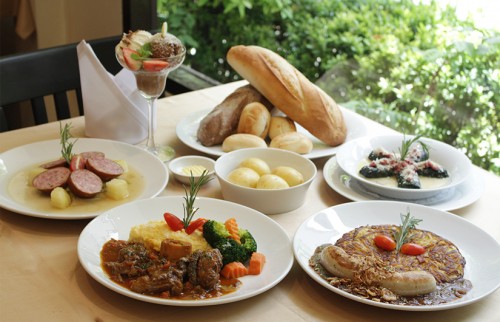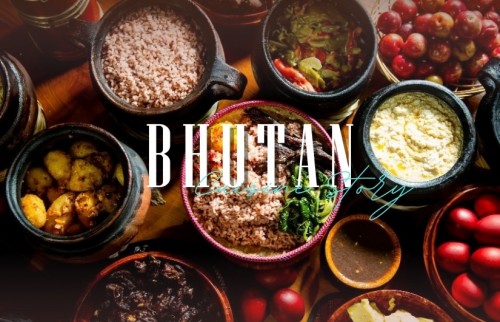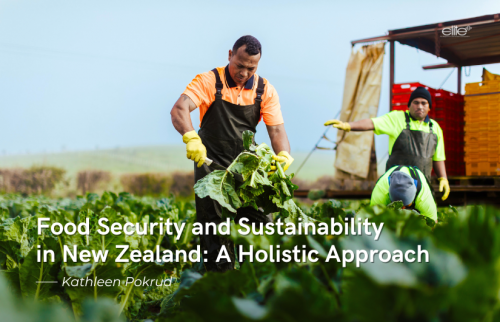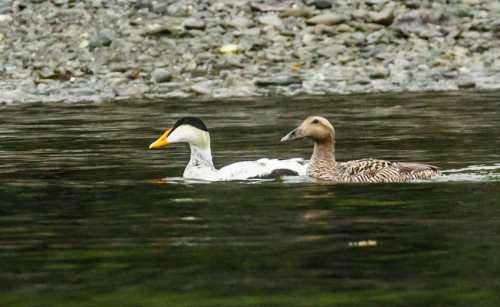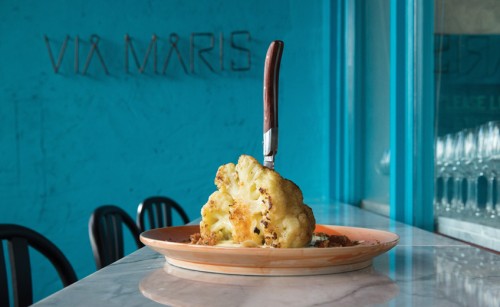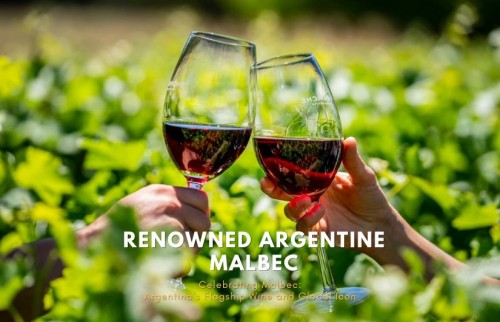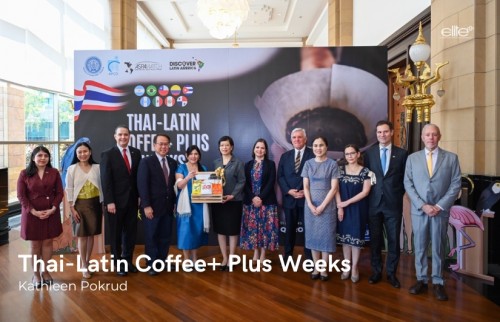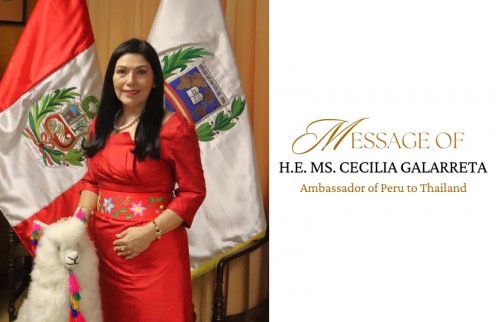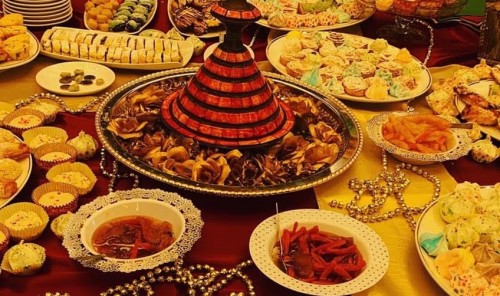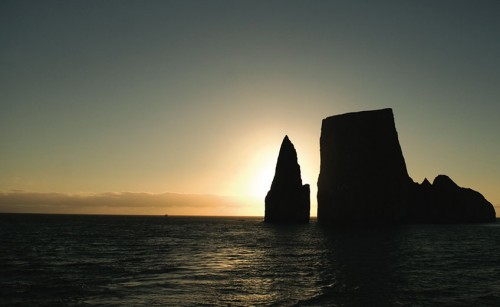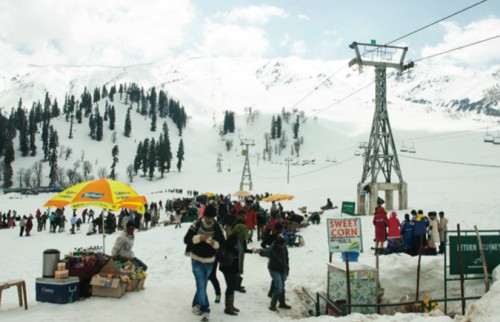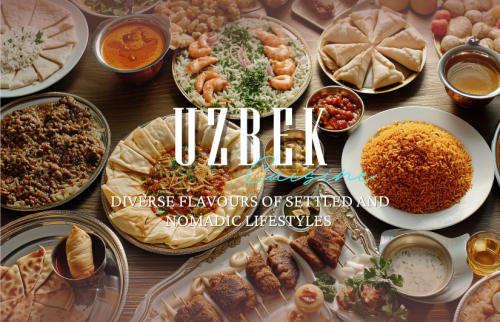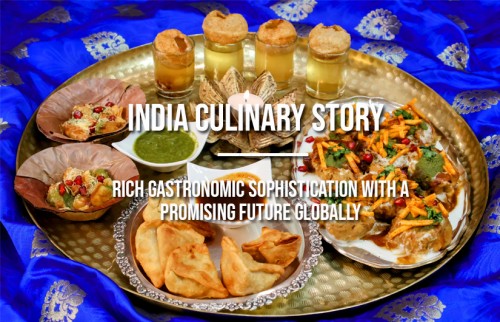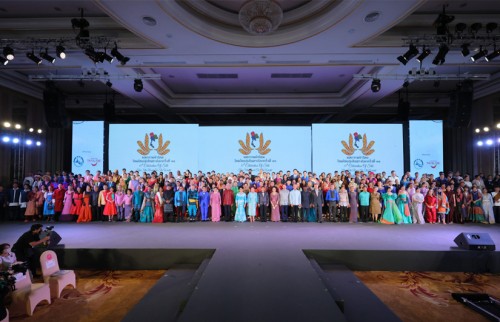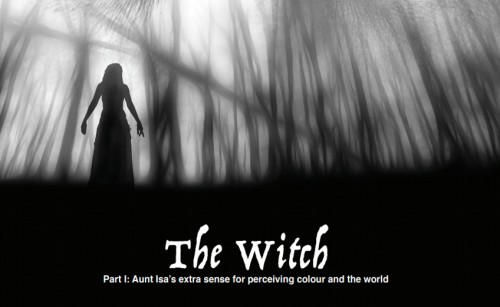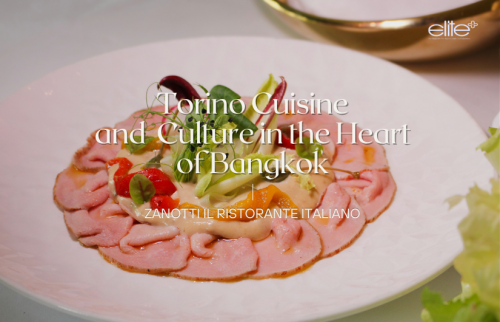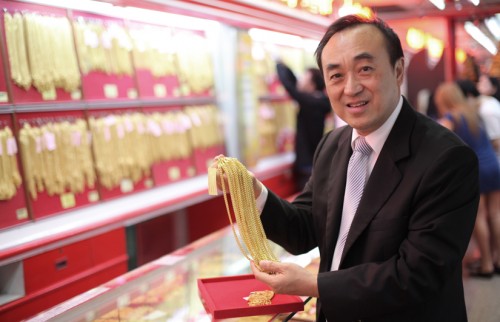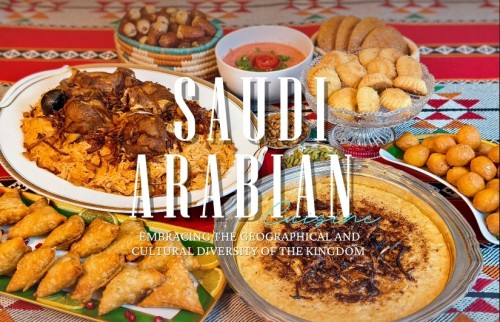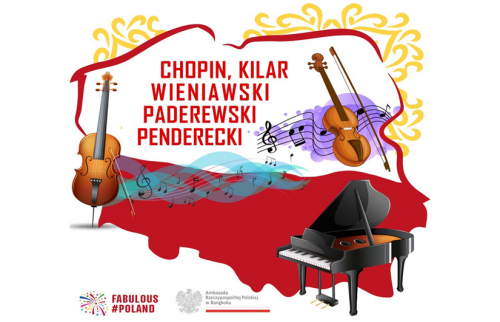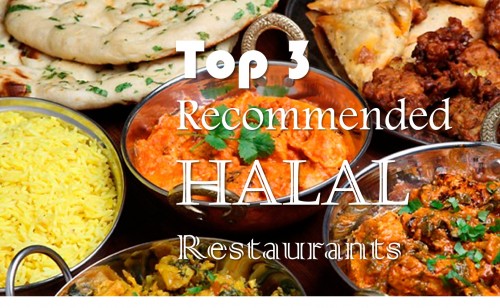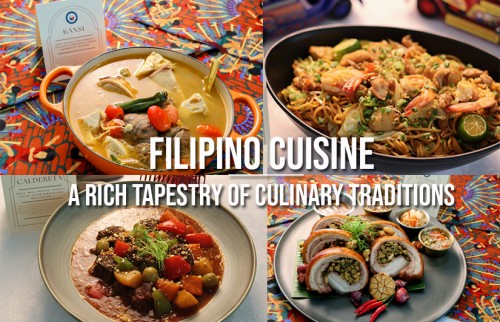Norwegian Cuisine: A Bountiful, Rich Maritime Culture

Norwegian Cuisine: A Bountiful, Rich Maritime Culture
By Kathleen Pokrud
Norwegian cuisine is famous for its strong emphasis on seafood and stands as a testament to Norway’s rich culinary heritage and maritime culture. From the shores of the North Sea to the fjords of the Arctic, Norway's bounty of seafood has not only shaped its culinary identity, but has also gained international acclaim. I sat down with HE Ambassador Astrid Emilie Helle to learn about the uniqueness of Norwegian cuisine.

Ambassador Astrid first shared, “Norwegian cuisine has deep roots, influenced by the country's geography, climate and cultural exchanges over the centuries. Traditionally, it has relied heavily on resources from the land and sea. Early Norse diets consisted of fish, wild game, dairy products and foraged foods. Over time, trade and exploration introduced new ingredients and cooking techniques, enriching the culinary landscape.
“Much of traditional Norwegian food culture was formed in the era of subsistence farming, when each farm grew its own food and harvested from nature through hunting, trapping and gathering. In many villages, subsistence farming was kept alive well into the 20th century and became quite relevant during WWII due to import and food shortages.”
Although Norwegian cuisine only held 59th position in global popularity in 2023, Ambassador Astrid emphasized, “There is growing appreciation for our cuisine with its unique flavours and emphasis on quality ingredients, particularly seafood.”
In terms of Norwegian food culture, Ambassador Astrid explained that much of Norwegian food has traditionally been obtained in the fall. “This is the season when the grain isharvested, berries are picked, apples are harvested, lambs are brought down from the mountains and potatoes and other vegetables are plentiful. Norway has always needed to preserve raw materials while they are in season and store them through a long, cold winter.”
She went on, “Norwegian food culture is characterized by simplicity, freshness and a strong connection to nature. Meals often revolve around seasonal produce and locally sourced ingredients, with seafood playing a prominent role, thanks to Norway's extensive coastline. Indeed, Norway has the second longest coastline and is the second biggest exporter of seafood in the world. In 2023, exp Norwegian seafood exports equalled 39 million meals per day, which is over 27,000 meals per minute! The proximity of fishing grounds and strict regulations ensure that Norwegian seafood is caught and often served the same day, which results in exceptionally fresh and flavourful dishes. Norwegian cuisine has a rich variety of seafood, from salmon, cod, haddock and mackerel, to shellfish such as shrimp, lobster and crab.”
 Copyright © Norwegian Seafood Council
Copyright © Norwegian Seafood Council
Ambassador Astrid admitted that traditional Norwegian cuisine has been heavily influenced by the country’s rough climate and limited agriculture. “Only 3% of Norwegian soil is, in fact, arable. Hence, our produce has been available in relatively short periods, but during the harvest time, we can gather great quantities. During the fishing season, the catch for cod and herring are bountiful. The same applies to harvesting grain and breeding our animals.”
She explained that traditional Norwegian cuisine features hearty and wholesome dishes prepared with care and attention to detail. “Classics such as lutefisk (dried cod treated with lye), rakfisk (fermented trout) and kjøttkaker (meatballs) highlight culinary traditions passed down through generations. Smoked salmon, herring and cod are staples in Norwegian kitchens, prepared in various ways to enhance their natural flavours. Nordic dishes, with emphasis on simplicity and purity of ingredients, have had a significant impact on Norwegian cuisine. Additionally, globalization has brought flavours from around the world to Norwegian tables, contributing to a diverse and evolving food scene.”
The ambassador admitted that Norway's vast geography gives rise to regional variations in cuisine. “Coastal regions, such as Bergen and Tromsø, are known for their seafood-centric dishes while inland areas often feature more game meats and dairy products. Classic Norwegian food is often based on the best ingredients from the region and linked to festivals and holidays. It is no coincidence that the traditional Christmas dinner in northern Norway is often lutefisk while in western Norway, pinnekjøtt is served and in the east, ribbe is the favourite. This has changed with the availability of many raw materials.”
Ambassador Astrid believes Norwegian cuisine has evolved over the years. “Our cuisine has adapted to changing tastes and influences. While traditional dishes remain cherished, modern Norwegian cuisine embraces innovation and creativity. Many long-established dishes were heavily reliant on preserved and salted foods in the past. In more recent times, there has been a shift toward using fresh, locally sourced ingredients, including seafood, berries, game meats, and root vegetables.
_475879441.jpg)
Copyright © Norwegian Seafood Council
“I would also say that although modern Norwegian cuisine is still strongly influenced by traditional dishes, it has been affected by globalization. The presence of pasta, pizza, tacos and the like are now as common as meatballs and cod as staple foods. It is evident that international cuisines such as Italian, Asian and Middle Eastern, have influenced modern Norwegian cooking, leading to the integration of new flavours and ingredients. The Mexican taco has grown quite popular, with a newfound taco tradition inventing its own nickname, ‘tacofredag’ i.e. Taco Friday. Surveys estimate that 13% of the Norwegian population eat tacos each Friday. One popular taco variant replaces minced meat with Norwegian salmon.”
As our interview drew to a close, Ambassador Astrid proudly reiterated, “Throughout the years, Norwegian salmon has remained a cornerstone in Norwegian cuisine. It has been voted the best fish in the world and can be found on sushi plates everywhere. The increasingly popular poke bowl is starting to give Norwegian salmon another leg to stand on. Norwegian chefs are increasingly incorporating modern cooking techniques and experimenting with fusion cuisine to create exceptional, innovative dishes. The Norwegian culinary landscape is constantly evolving, offering diners an exciting array of flavours and experiences.”
Key representative Norwegian dishes
Copyright © MatPrat
Fårikål: a Norwegian national dish that consists of pieces of mutton with bone, cabbage, whole black pepper and occasionally a little wheat flour, cooked for several hours in a casserole and traditionally served with boiled potatoes. The dish even has its own day, Fårikål Feast Day, celebrated on the last Thursday in September.
 Copyright © MatPrat
Copyright © MatPrat
Pinnekjøtt: a traditional dish made from lamb or mutton ribs that have been salted and dried. The ribs are then steamed, allowing the meat to become succulent while developing a smoky aroma. The dish is one of the most popular Norwegian Christmas dishes.
 Copyright © Norwegian Seafood Council
Copyright © Norwegian Seafood Council
Norwegian salmon: famous worldwide, in Norway, salmon is traditionally prepared and served in many varieties. Smoked salmon, for instance, is often served with scrambled eggs, dill, sandwiches and mustard sauce.
 Copyright © MatPrat
Copyright © MatPrat
Gravlaks (buried salmon): another traditional salmon product, traditionally, gravlaks would be cured for 24 hours in a mix of sugar, salt and herbs (dill). The fish can then be frozen or kept in a chilled area. In the medieval ages, the salmon was buried in the ground as a part of the fermenting process.
 Copyright © Norwegian Seafood Council
Copyright © Norwegian Seafood Council
Lutefisk: a traditional Norwegian dish consisting of dried whitefish, typically cod, but ling and burbot are also popular choices. Making lutefisk is quite an intensive and laborious process. It is typically served with boiled potatoes, peas, melted butter and fried bacon. Lutefisk is one of the main Norwegian Christmas dishes.
 Copyright © Norwegian Seafood Council
Copyright © Norwegian Seafood Council
Skrei (Cod): Migrating cod travels from the Barents Sea to the coast of northern Norway to spawn every year. This long journey gives the fish firmer flesh than regular cod. Skrei is often poached, served with boiled potatoes and melted butter. Carrots, fried bacon, roe and cod liver may also accompany the fish.

Kathleen Pokrud 179 Posts
In the business community, she serves on the Board of Directors with the Thai-Hong Kong Trade Association. Kathy is on the Thailand Tatler Magazine Expat Society The 200 List. She is the Honorary Columnist and contributing writer to a few leading English magazines. She and her husband, RADM Dr Boonyarit Pokrud have one son who is currently based in Boston, USA.


